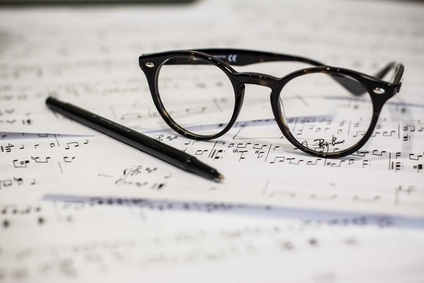- Take a Glance at the Music
- Look for Ups and Downs
- Look for Changes in Key Signature
- Find Matching Notes
- Look at the Notes
If you don’t know music theory and you’re not used to sight singing, you probably won’t be able to sight sing a piece of music with just these 5 tips. But hopefully these tips will make learning and singing a piece easier. It may even set you down a road to being able to sing a piece at first sight!

 RSS Feed
RSS Feed